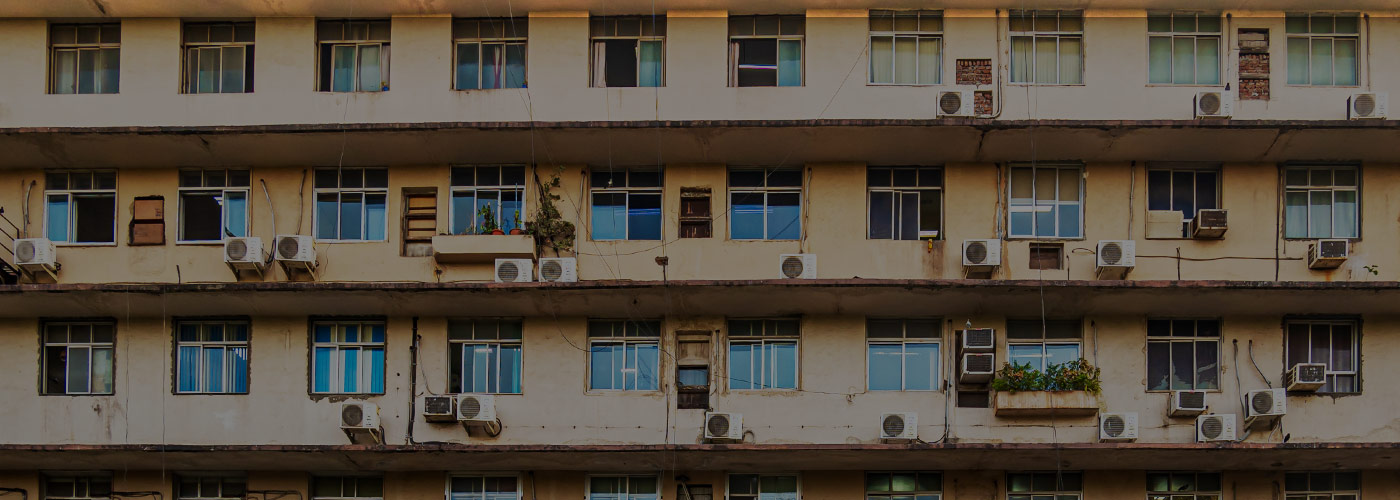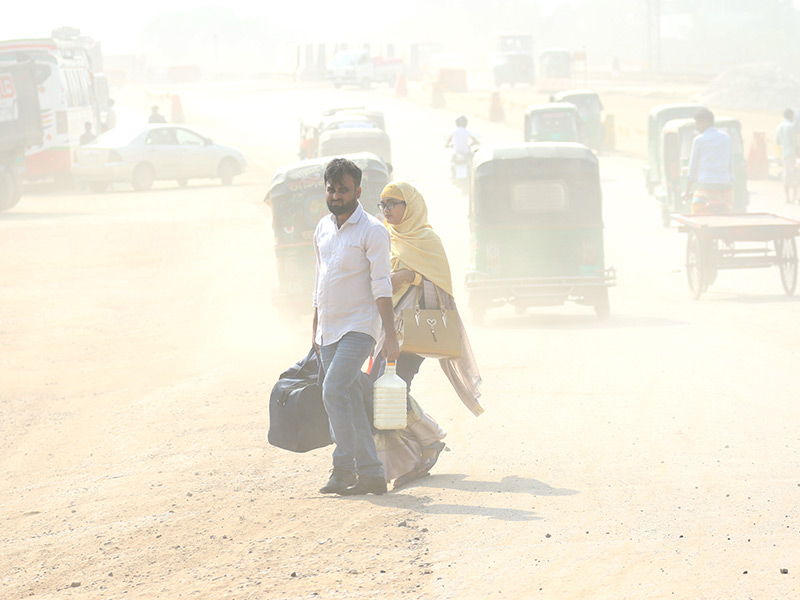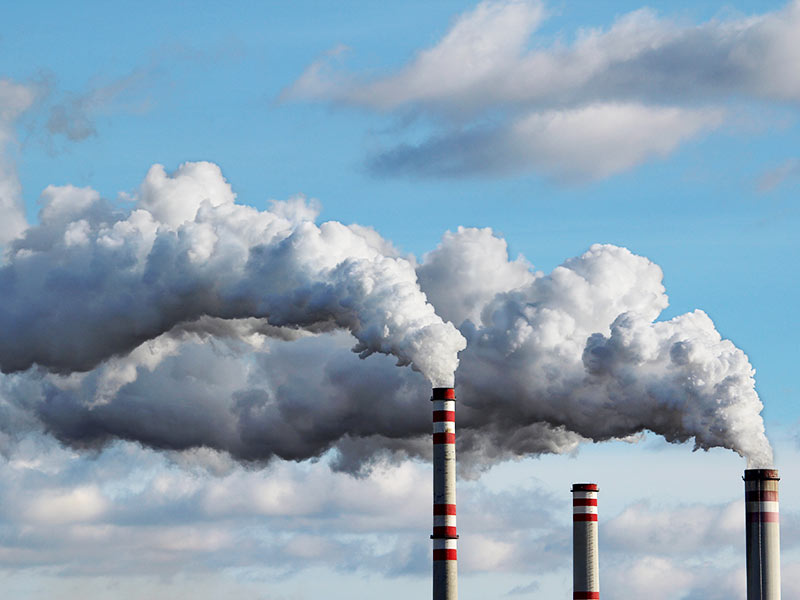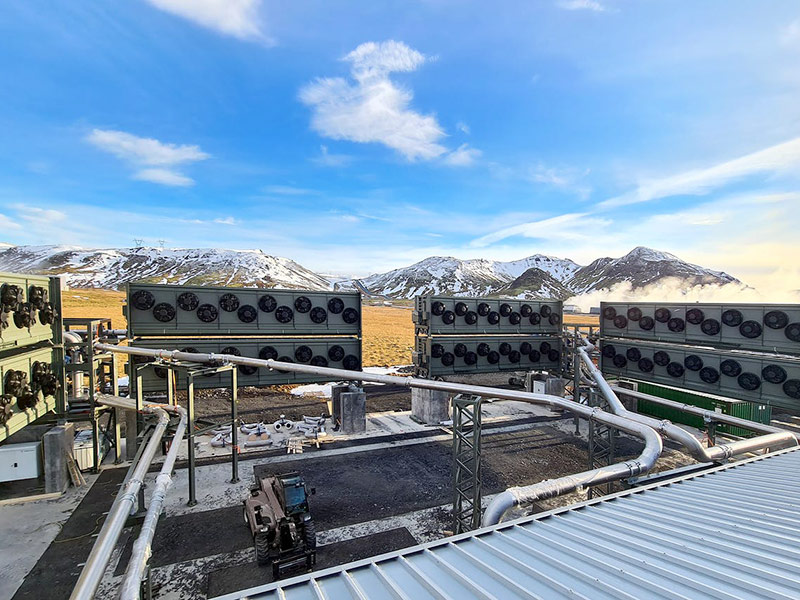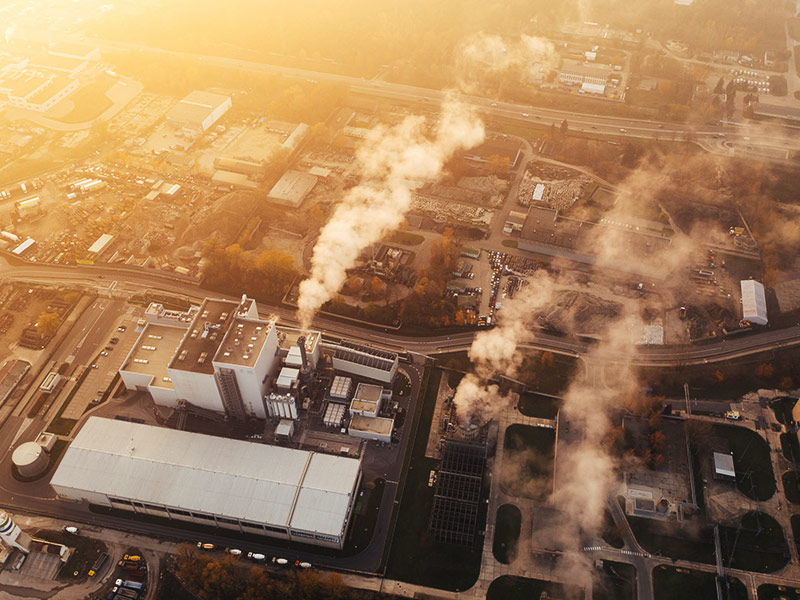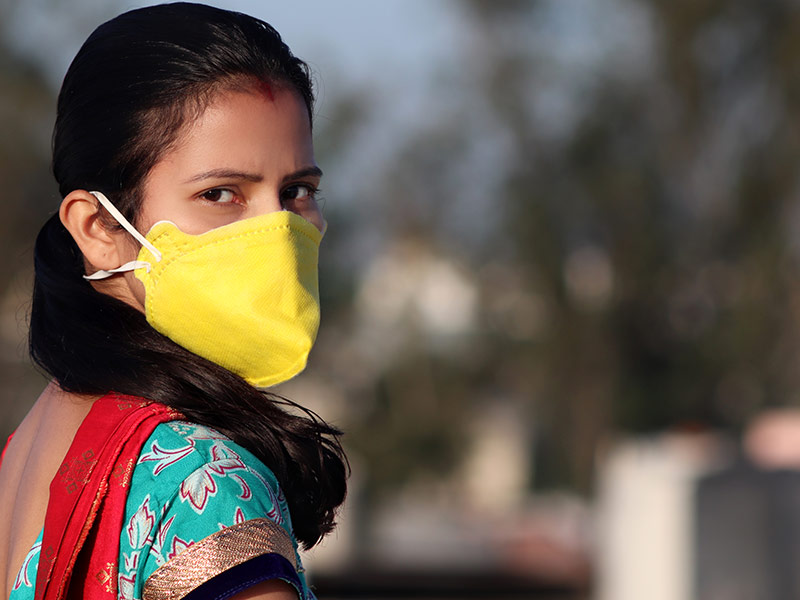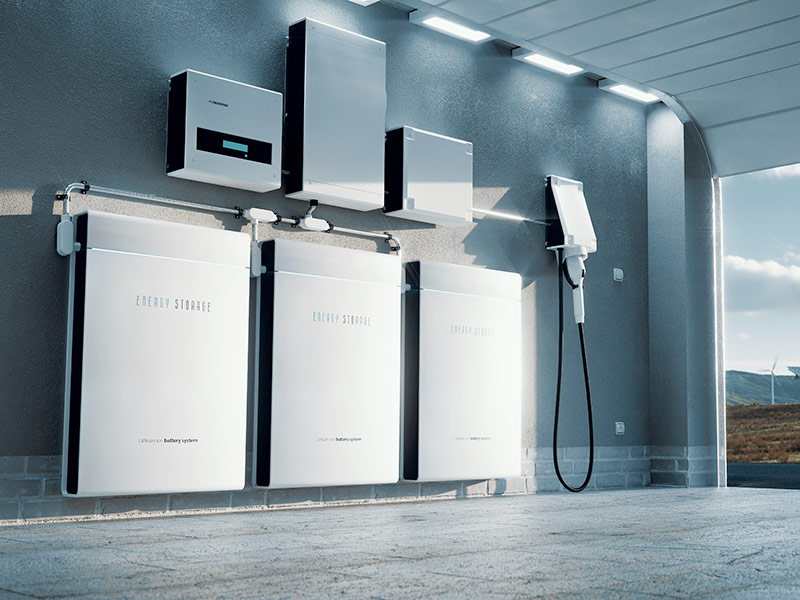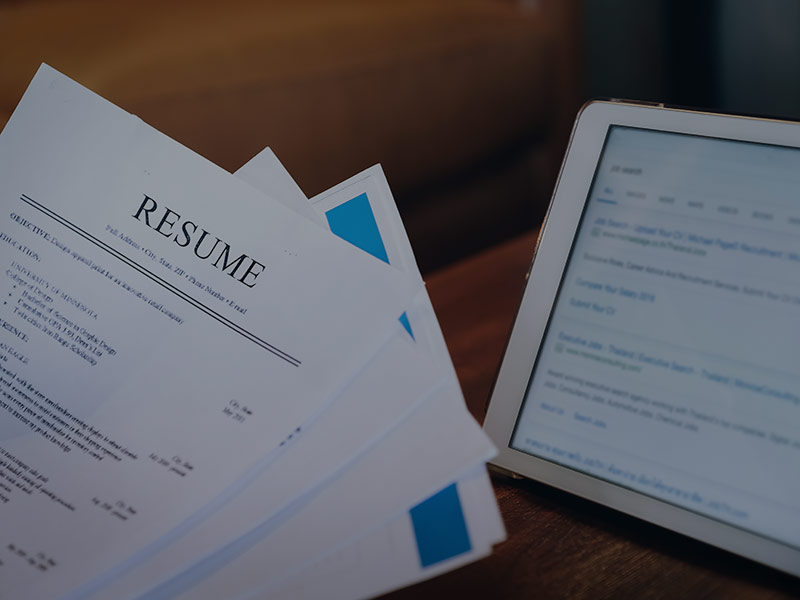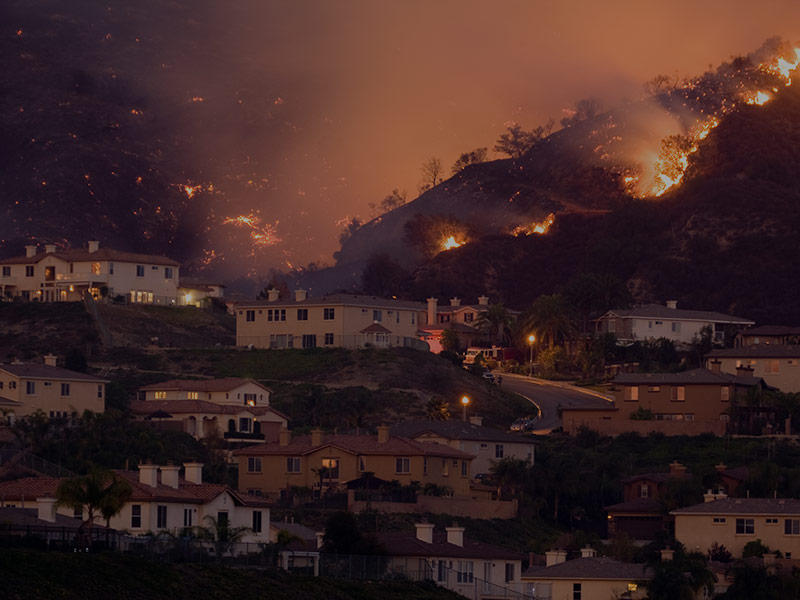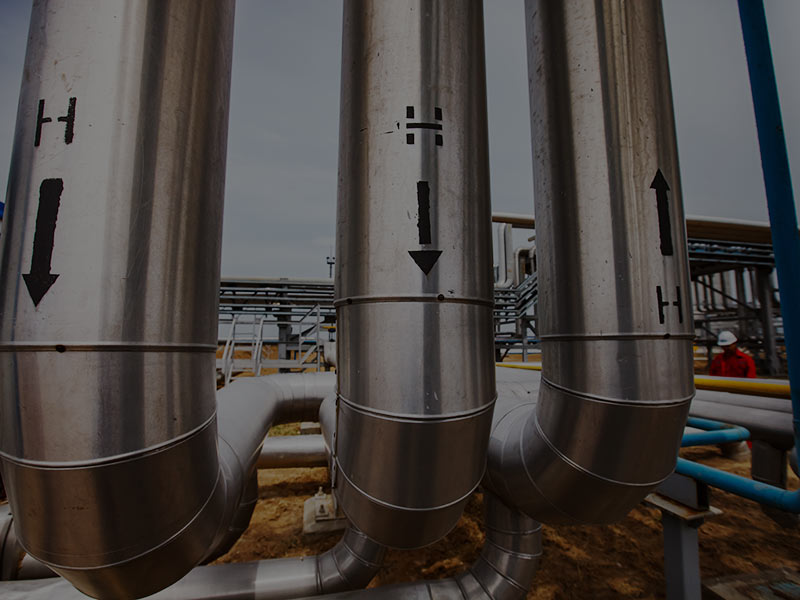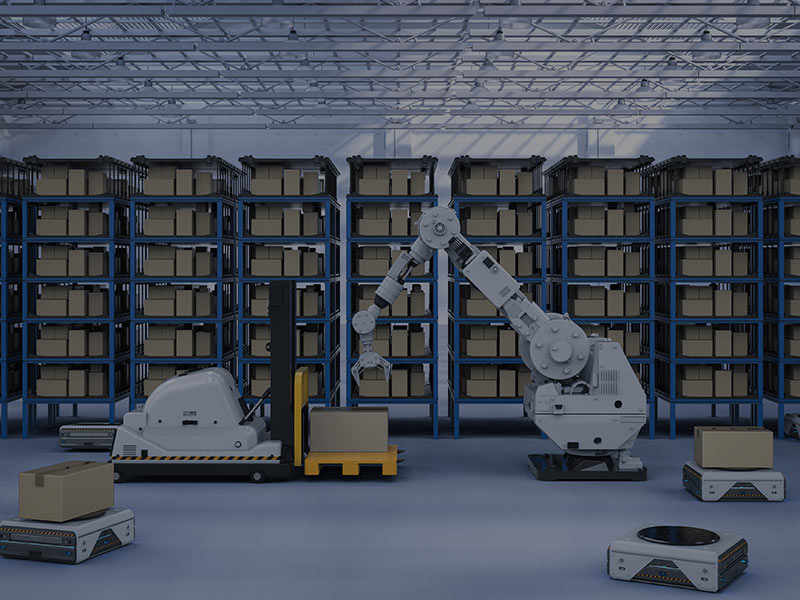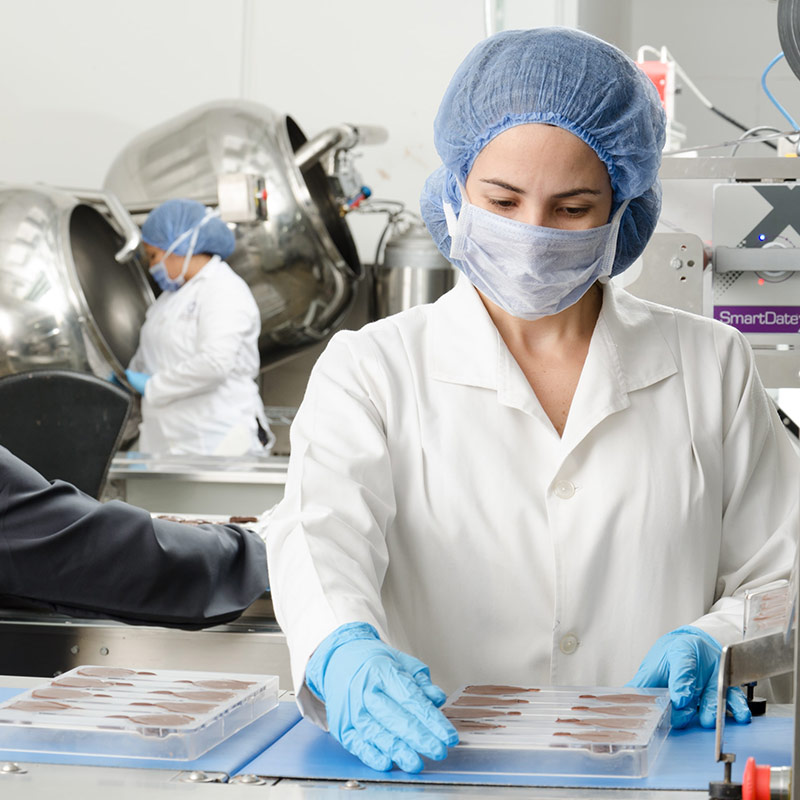
Keeping things cool, from food and medicine to data centers, is critical to modern economies—and a growing challenge to our ability to combat climate change. The projected growth in cooling over the next 30 years could improve livelihoods for millions of people globally. However, this growth may lead to a vicious cycle: a warming world requires more cooling, yet cooling emits greenhouse gas emissions that worsens climate change. Sustainable cooling has been a blind spot on the global agenda—until now. A new global policy regulating refrigerant uses, the Kigali Amendment to the Montreal Protocol, is driving attention to and action on climate-friendly cooling solutions.
What’s New
The demand for residential and commercial air conditioning (AC) and supply chain refrigeration is expected to rise significantly over the next 30 years. This is in large part due to global economic growth and associated urbanization, including in large emerging economies such as India, China, Brazil, Nigeria, and Indonesia.
Direct emissions from refrigerants, indirect emissions from energy use, and heat production from AC units all contribute to warming temperatures on both a global and local level. Residential AC alone accounts for two-thirds of the installed capacity of cooling, making it a significant contributor to global emissions.
Demand for perishable food, vaccines, and other biopharmaceutical products is growing rapidly, requiring an expansion of temperature-controlled supply chain known as the "cold chain." And in the tech sector, cooling data centers is on “track to generate more carbon emissions” than each of the automotive, aviation, and energy sectors.
Project Drawdown identifies “refrigerant management” in the top four solutions to address climate change today. And it appears that action is imminent.
In January 2021, the Biden administration said it would send the Kigali Amendment of the Montreal Protocol to the U.S. Senate for ratification. The Amendment is a global pact calling for an 80-percent reduction in hydrofluorocarbons (HFCs)—emissions generated by existing cooling and refrigerant technologies—by 2047. Biden’s directive is expected to send a strong signal to other countries that would follow suit.
It could also lead to a new globally consistent regulatory regime, effectively banning some of the most common refrigerants used in everything but the most innovative equipment. Potential innovations in cooling tech being developed today can help make this transition. Efforts to replace refrigerants with lower emissions alternatives include smart buildings and grids, evaporative cooling, and passive building design, among others.
Smart buildings and grids are key innovations that enhance energy efficiency and reliability by automating energy use through AI-controlled sensors and HVAC systems. These systems can regulate cooling and refrigeration energy use and reduce their indirect emissions.
Evaporative cooling is also an alternative, in which “evaporating water into the air provides a natural and energy-efficient means of cooling,” reducing energy use significantly although it is only recommended for use in low humidity areas, according to the U.S. Department of Energy.
Passive building design is another option to reduce energy consumption and emissions from cooling. This is done through site planning that takes advantages of sun exposure, natural ventilation, and microclimates.
Signals of Change
The stock of air conditioners will grow to 5.6 billion by 2050 from 1.6 billion today, increasing exponentially their direct emissions and energy use. If left uncontrolled, AC use will contribute significantly to global warming.
U.S. President Biden has announced he will send the Kigali Amendment, which went into effect in 2019, to the U.S. Senate for ratification. 170 signatory governments to the Amendment have agreed to reduce the use of HFCs—a short-lived climate pollutant—by 80 percent by 2047.
The global cold chain market is expected to grow 400 percent between 2018 and 2027, to about USD$608.4 billion. Growth in the vast networks of facilities and trucks will create an opportunity for growth in world regions currently underserved.
As a result of the expected increase in the need to store digital data, data centers’ share of global carbon emissions is projected to be 3.2 percent by 2025 and 14 percent by 2040.
Fast Forward to 2025
The need for a robust cold chain to supply the COVID-19 vaccine was a major inflection point. After that, new cold chain capabilities and technologies evolved rapidly. We had more and more distribution centers and refrigerated vehicles, not only for medicines but also food distribution...
The Fast
Forward
BSR Sustainable Futures Lab
Sustainable Business Implications
As economic development continues, global demand for air conditioning and other cooling technologies is expected to dramatically increase in the coming years. This presents a real opportunity to bring all kinds of new goods and services to people who currently lack access.
If this growth in cooling and refrigeration demand around the world is not addressed sustainably, there will be serious consequences affecting our ability to manage and respond to the climate crisis. We need to replace current cooling technologies with more innovative, sustainable options, improving upon energy efficiency, chemical refrigerant safety, and resource requirements for the technologies.
The increased demand and opportunity for cooling will materialize in regions where cooling and refrigeration technologies can be developed and where they are currently underserved. Regardless of region, businesses will need to retrofit or leapfrog with new technologies to more sustainable cooling tech.
In a warming world, cooling has become a hot issue—representing ~7 percent of annual global GHG emissions. Yet today, less than 20 percent of the global population has access to cooling, making this one of the fastest growing industries: three new air conditioners are sold every second as those in the hottest regions of the world seek respite from heat.
The Kigali Amendment to the Montreal Protocol will work to address the refrigerant problem with cooling—avoiding a whole 0.5°C of global warming. But this is not enough. Civil society, businesses, and governments are looking at how the efficiency of cooling can be radically increased so that grid decarbonization can keep up with the ever increasing demand for more cooling equipment.
Businesses need to be aware in this context of the regulatory constraints that are likely to emerge in light of growing public awareness of cooling’s climate impact. It’s likely that we will see more concern over cooling emissions following the expected U.S. Kigali Amendment ratification.
The most profound impacts of cooling technologies will take place in underserved areas in emerging economies and developing countries and affect nearly all aspects of life.
Access to refrigeration will change how food is grown, distributed, and consumed. The new logistics capabilities will require precooling at farms and transport and distribution and storage cooling, resulting in the need for an unbroken cold chain.
With refrigerators at home as well, households in these newly served areas will be able to store all sorts of perishable foods. This is expected to reduce the number of cases of foodborne diseases by keeping food safe for longer.
Medical care will also be expanded and improved with new cooling technologies. All types of medical products—from vaccines and medicines to blood and organs—can be safely stored and transported, increasing access to previously underserved communities.
With cooling in place in businesses and factories, the productivity of workers can also be expected to grow. The potential for work to be carried out in longer shifts and at all hours of the day will greatly impact the availability of labor for businesses.
For real estate businesses in these regions, new residential buildings and retrofits of older structures present an opportunity to develop real estate products using cutting-edge cooling tech and leaving the smallest ecological footprint possible.
For retail, the transition to indoor malls in regions where outdoor markets and malls are more common will create new ways of shopping, offering climate-controlled environments. Dark stores and micro-fulfillment centers equipped with refrigeration units can also enable an online shopping economy for perishable goods.
![]()
Previous issue:
The Right to Repair
![]()
Next issue:
The Risk to Insurance
